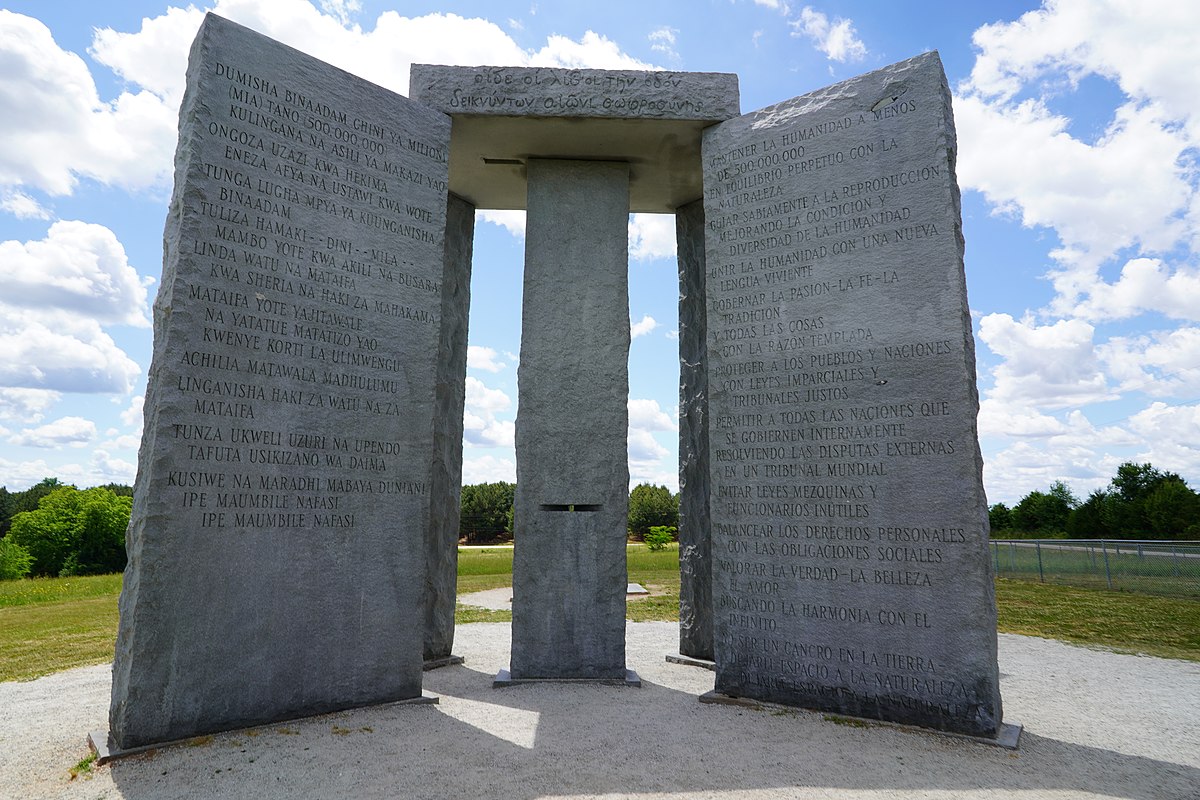The Cathedral of Porto is located on a hilltop overlooking the river Douro. Next to this monumental building, there's a statue of a knight on horseback, with the inscription Vímara Peres, followed by the dates of his reign: 868-873.
When we look him up in Wikipedia, we learn that the man was the first count of Portugal, with ties to Asturias in present day Spain. Vímara Peres was, despite his short rain, a central figure in the re-conquest of Iberia. He's the founder of Guimarães. He's also credited for the revival of Porto which had seen 400 years of decline since the Romans left the area during Rome's terminal decline.
When Vímara Peres entered Porto with his army, the city was all but completely deserted. Centuries of raid by various bands of thieves had rendered the city unlivable. However, Vímara Peres was able to turn this around in a matter of years, which suggests that he was following some unusually successful strategy, capable of returning order to places steeped in chaos.
The strategy employed by Vímara Peres appears to have come from Asturias where there was a pivotal battle that took place at Covadonga more than 140 years before Vímara Peres marched into Porto.
When the Berbers crossed the Mediterranean in 711, it took only 3 years to conquer the entirety of the peninsula. Everyone was either converted to Islam, forced to pay the Jizya, or killed. Tax offices were set up everywhere in order to collect the Jizya, including in Asturias. However, the Christians in this region refused to pay this tax. Whenever the tax collector came for them, they retreated into strongholds. Hence, Asturias was not in fact subdued.
The tax evasion was no big deal for the Caliphate, but nevertheless a thorn in its side. It was therefore decided to put an end to the Christian opposition.
The decision to attack the Christians of Asturias in force came after the battle of Toulouse in 721 when the Muslims had to give up on their plan to sack Toulouse in order to further enrich the Caliph. It was thought that a victory against Asturias would lessen the anger of the Caliph. However, the attack ended in yet another defeat. The Christians retreated to their strong holds, from which they successfully beat back the attacking army.
With victory for the Christians in Toulouse and Asturias, the idea that the Muslims were invincible was broken, and the re-conquest of Iberia could start. But the Caliphate was by no means defeated. The defeat at Cavadonga was a minor incident at the time. The reaction to it must have been primarily relief on the side of the Christians and surprise on the side of the Muslims.
Faced with one of the biggest empires of all time, the tiny state of Asturias was in no position to launch an all out counter offensive. Instead, the focus was on stability and security within its borders. The right conditions were created for trade and commerce to thrive.
Offensive war was only waged at small scale, targeted towards weak spots. Mismanaged and over-taxed villages were added to Asturias bit by bit. Stability and security was extended, which further helped trade and commerce.
Meanwhile, Muslim conquerors were running out of people to exploit. People were either fleeing to Asturias, hiding in remote places, or converting to Islam. Without a tax base, and with little to no intent of providing actual security for their subjects, competing factions squabbled among themselves. Towns fell into decay, and there was violence and intolerance everywhere. The contrast between Porto and comparable cities to the north must have been great.
By the time Vímara Peres marched into Porto, everyone but a few die hard Muslims must have been rooting for him. With the Muslims along the Douro underfunded and demoralized, the victory over them was swift and decisive. Law and order was established, and Porto sprang back into the sort of dominance that it had last seen in Roman times, some 400 years prior.
 |
| Vímara Peres |
By Alvesgaspar - Own work, CC BY-SA 4.0, Link



















